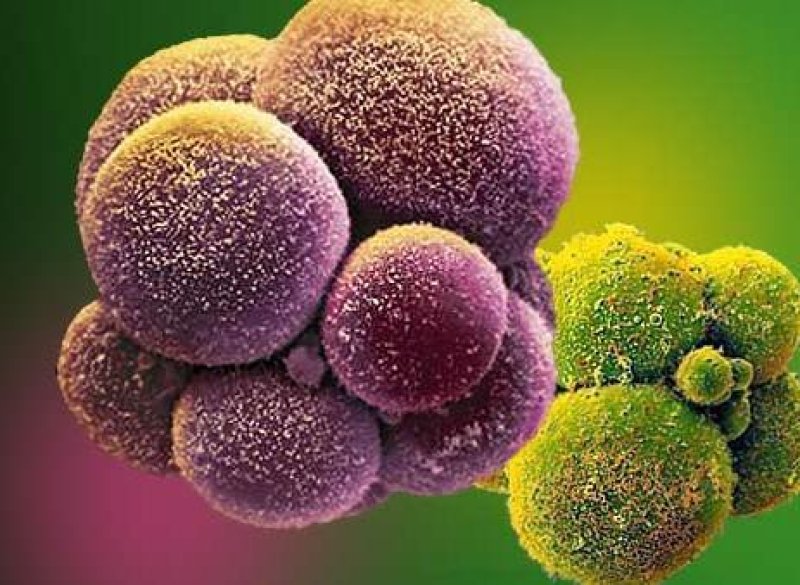The GLP aggregated and excerpted this blog/article to reflect the diversity of news, opinion and analysis.
Thirty years ago a young haematologist called Richard Burt was training at Johns Hopkins University, in Baltimore. He noticed that after leukaemia patients had received a treatment to wipe out their immune systems, they needed to be re-immunised against diseases such as measles and mumps. Although the patients in question had been vaccinated as children, the therapy for their blood cancer had erased this cellular memory. Dr Burt turned to his teacher, William Burns, and ask whether the same might be possible in autoimmune diseases. “I could see a light go on in his eyes. ‘You should try it in multiple sclerosis’ he said.” Thus began decades of painstaking work.
Multiple sclerosis (MS) happens when the body’s immune system learns to attack its own nerve fibres in the same way that it learns to attack invading pathogens. Nobody really understands what causes this misplaced learning. But Dr Burt’s idea did not depend on knowing that. He just wanted to wipe the memory out, in the way that the memory of a vaccination is wiped out by chemotherapy. By 2009 Dr Burt, now at Northwestern University, in Chicago, had proved that his treatment worked in patients with the most common form of the disease, relapsing remitting MS. The treatment involves using lower-dose chemotherapy to kill the white blood cells that are responsible for attacking nerve fibres, and then rebooting the immune system using stem cells collected from the patient before treatment began.
Read full, original post: Curing multiple sclerosis































